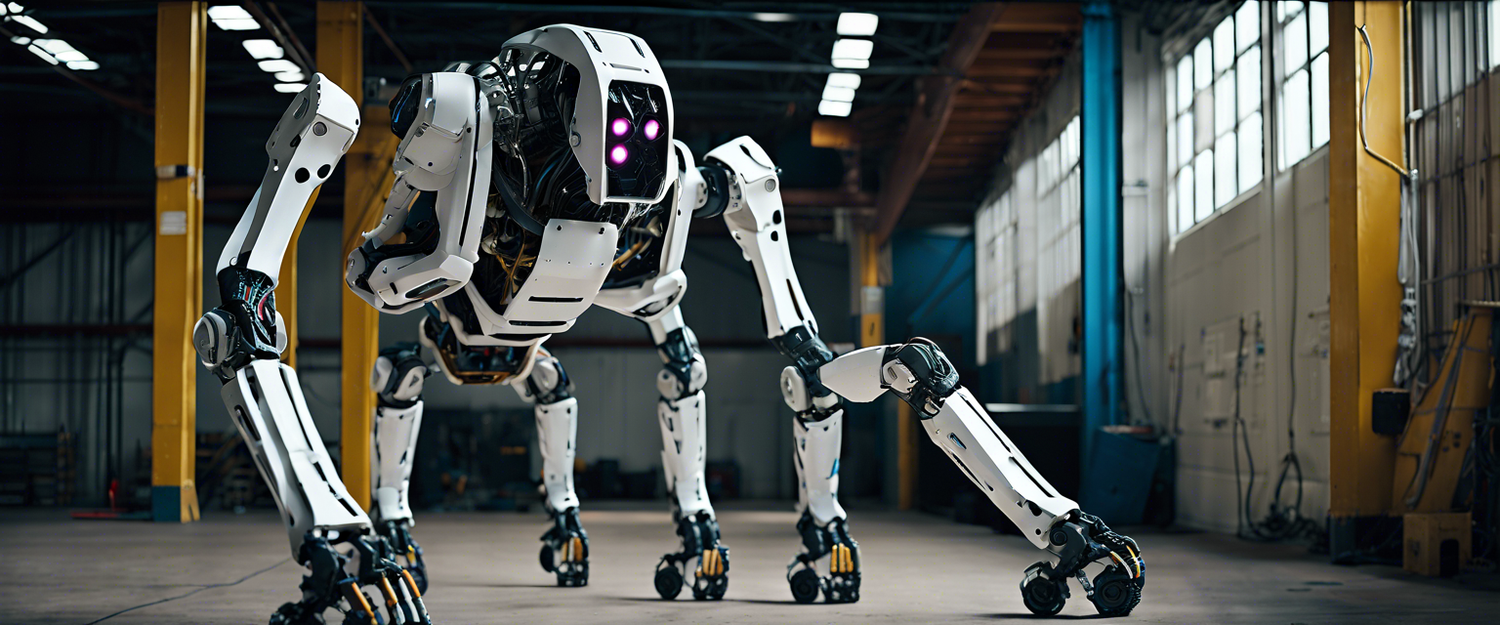Boston Dynamics Unveils Next-Gen Atlas Robot: A Step Toward Automation
Boston Dynamics has once again captured the attention of the robotics world by showcasing the latest version of its humanoid robot, Atlas. This cutting-edge all-electric robot has evolved and is now equipped with advanced machine learning capabilities and upgraded sensors, allowing it to perform intricate tasks in simulated environments.
New Features of Atlas
In previous demonstrations, Atlas amazed viewers with its unique range of motion. In this latest showcase, the robot is seen executing sorting tasks typical in factory settings. The primary function involves moving engine covers “between supplier containers and a mobile sequencing dolly,” a task that, while not thrilling, highlights the combination of technology at play.
Machine Learning in Action
Providing Atlas with just a simple "list of bin locations," the robot utilizes its various sensors in conjunction with sophisticated machine learning models. This enables it to identify where the bins are situated and how it should manipulate its body and three-fingered hands to effectively grasp and relocate components.
Real-Time Feedback and Adjustment
One of the remarkable demonstrations in the video is how Atlas reacts to environmental feedback. If an object is positioned too high to slide easily into the sequencing dolly's compartments, the robot doesn't just give up. Instead, it intelligently removes the part to reassess its position and orientation before attempting to place it again successfully.
Autonomy and Minimal Human Intervention
The video showcases a prominent "Fully Autonomous" watermark, emphasizing that this latest version of Atlas can conduct complex tasks without extensive human oversight. This level of autonomy marks a significant milestone compared to Tesla's Optimus humanoid robots, which were primarily managed by human operators during their public debut.
The Future of Atlas
While the advancements in Atlas's design and functionality are commendable, the future of this humanoid robot might extend beyond mere demonstrations. As with Boston Dynamics' other robots, such as the four-legged Spot and the one-armed Stretch, the practical applications for Atlas could be numerous—provided it doesn't come with an prohibitive price tag.
As we witness these technological advancements, the possibility of integrating robots like Atlas into different sectors—manufacturing, logistics, and beyond—becomes increasingly realistic. Boston Dynamics is paving the way for a new era of automation that could reshape workforce dynamics.
Conclusion
The latest iteration of Atlas signals exciting advancements in robotics, particularly in its application of machine learning and autonomous capabilities. As Boston Dynamics continues to innovate, staying tuned to the developments of Atlas and its potential uses will be essential for industry professionals and enthusiasts alike.
Explore our other articles on the future of robotics and automation trends to learn more about what's happening in this dynamic field.



发表评论
所有评论在发布前都会经过审核。
此站点受 hCaptcha 保护,并且 hCaptcha 隐私政策和服务条款适用。